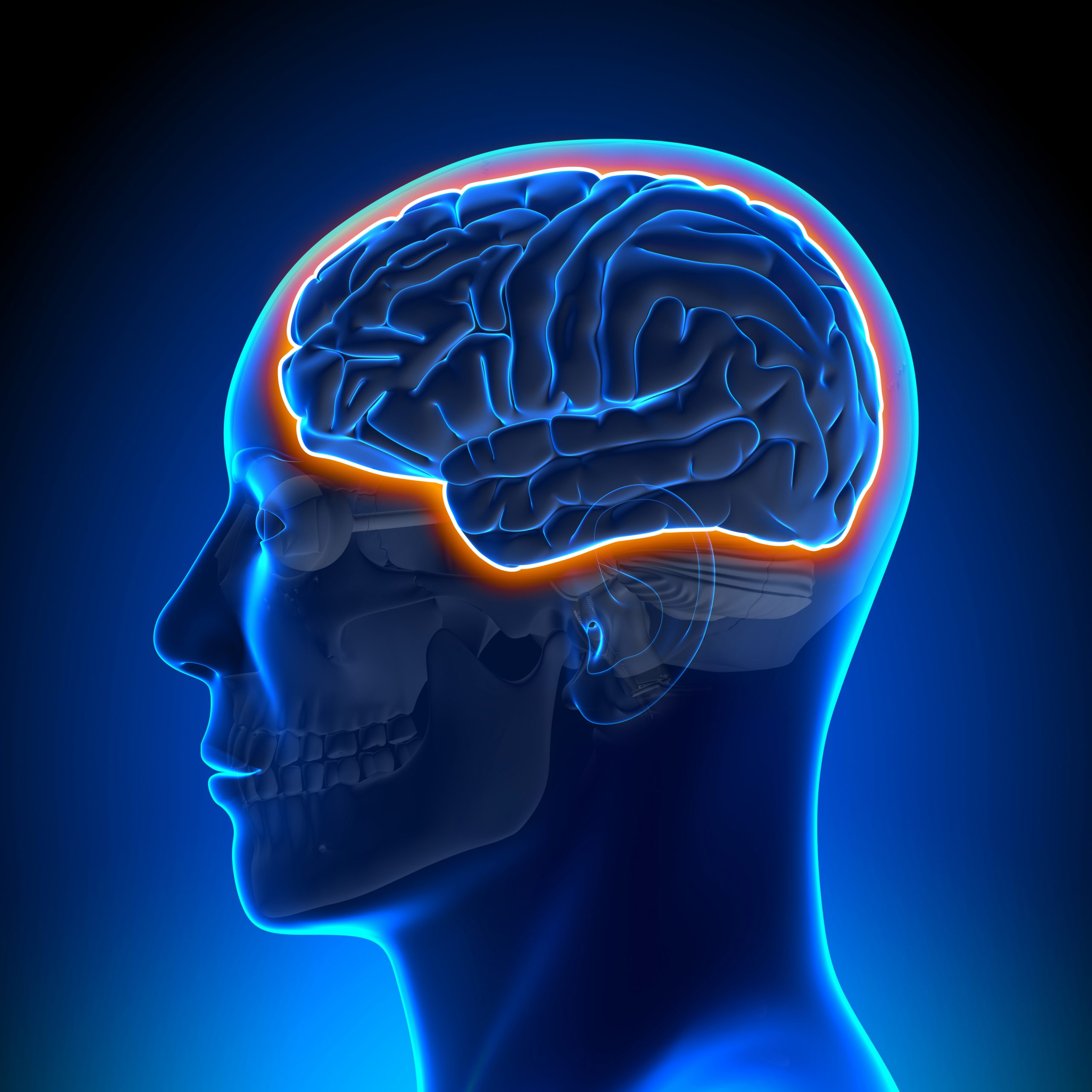Drug Delivery System Bypasses Blood-Brain Barrier in Parkinson’s Mice

decade3d - anatomy online/Shutterstock
Scientists have created a new drug delivery system that can be used to allow compounds to cross the blood-brain barrier — the semi-permeable barrier that protects the brain and spinal cord from the blood circulating in the rest of the body.
With this system, the team successfully delivered paeoniflorin, a compound with anti-neurotoxic properties, to the brain of a mouse model of induced Parkinson’s disease. According to the researchers, this new drug delivery platform may open avenues for the development of future treatments for Parkinson’s.
The study, “Brain-targeted delivery shuttled by black phosphorus nanostructure to treat Parkinson’s disease,” was published in the journal Biomaterials.
The development of new therapies for Parkinson’s has been partly hampered by the difficulty in enabling compounds to reach a patient’s brain. This is mainly because the central nervous system, brain and spinal cord, is surrounded by a highly selective membrane barrier, called the blood-brain barrier (BBB), that restricts the passage of substances circulating in the rest of the body.
In recent years, scientists have been trying to come up with new strategies that would allow medications to cross this protective barrier. Some studies have found that when exposed to near-infrared irradiation, tiny sheets (nanosheets) made of black phosphorus (BP) can increase the permeability of substances and allow them to cross the BBB.
“BP-based nano-materials may therefore represent an ideal platform for the intracerebral delivery of therapeutic compounds to patients with neurodegenerative diseases,” researchers wrote.
Now, a team of Chinese researchers have described how they created a new drug delivery system incorporating these black phosphorus nanosheets to deliver paeoniflorin to the brain of a mouse model of induced Parkinson’s disease.
To overcome paeoniflorin’s inability to cross the BBB and reach the brain, the team started by creating a conjugate of lactoferrin — a protein with neuroprotective properties that can cross the BBB and is known to increase the ability other therapies have of targeting the brain — and black phosphorus nanosheets.
After creating the modified Lf-BP nanosheets, investigators loaded them with paeoniflorin and exposed them to near-infrared irradiation to increase the compound’s permeability.
When they tested this method in mouse brain endothelial cells, which are commonly used as a BBB cellular model, they found that paeoniflorin easily crossed a layer of these lab-cultured cells, suggesting this method increased the compound’s permeability.
Likewise, when they used the same method in mice, they found that small particles made up of lactoferrin and black phosphorus nanosheets loaded with paeoniflorin were able to cross the animals’ BBB and reach their brain.
When the team used the same method to deliver paeoniflorin to mice that had been treated with MPTP, a neurotoxin that induces brain inflammation and is often used to mimic the onset of Parkinson’s in mice, they found that treatment eased animals’ motor impairments and restored their normal behavior.
Additionally, treatment with paeoniflorin in these animals also was able to counteract the neurotoxic effects of MPTP, preventing the loss of dopamine-producing neurons as well as the drop of dopamine levels in their brain, two key features of Parkinson’s disease.
“[T]hese Lf-BP-Pae particles were capable of traversing the BBB and effectively treating PD [Parkinson’s disease] in a targeted manner. Importantly, this BP-based nanoplatform was capable of achieving satisfactory biocompatibility and biosafety with excellent anti-Parkinsonian efficacy, making it ideal for clinical applications,” the researchers concluded.






